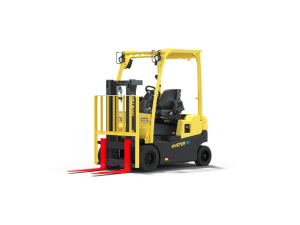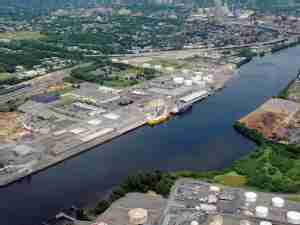The Port of Long Beach recorded its second-busiest year, despite a sharp drop in the second half as consumer demand eased and the hub lost business to competing ports on the East and Gulf coasts.
“We do expect to get some of that back,” Port of Long Beach Executive Director Mario Cordero said in an interview on Bloomberg Television Wednesday.
The pandemic backlog has cleared and so will the perception by shippers that there are still issues at the port, Cordero said. “We have had no vessel backups here since November of 2022. So we’re back to normal and ready.”
The San Pedro Bay port handled 9.1 million units in 2022, marking the facility’s busiest year only after 2021, when it moved 9.4 million units, data on its website showed. The Port of New York and New Jersey, meanwhile, had its strongest year yet as it snagged cargo from its West Coast rivals.
Additionally, West Coast dockworkers have been locked in contract negotiations with shipping companies after their contract expired in July, creating uncertainty among shippers who are worried about potential delays resulting from lockouts or slowdowns.
Cordero said he was grateful that the two sides have continued to negotiate without issues for the movement of cargo, and that he hopes a resolution to the talks would come soon.
“I thought we would have a deal done last year,” the port director said. “The next month is going to be real telling in terms of how these parties come together and work 24/7 to bring their differences and some compromises to the table.”
Long Beach’s twin port, Los Angeles, also recorded its second-busiest year in 2022 even as activity subsided in the second half.
Port of New York and New Jersey handled about 9.5 million units last year, Executive Director Rick Cotton said at an event Wednesday. That compares with 8.99 million units in the prior year.









